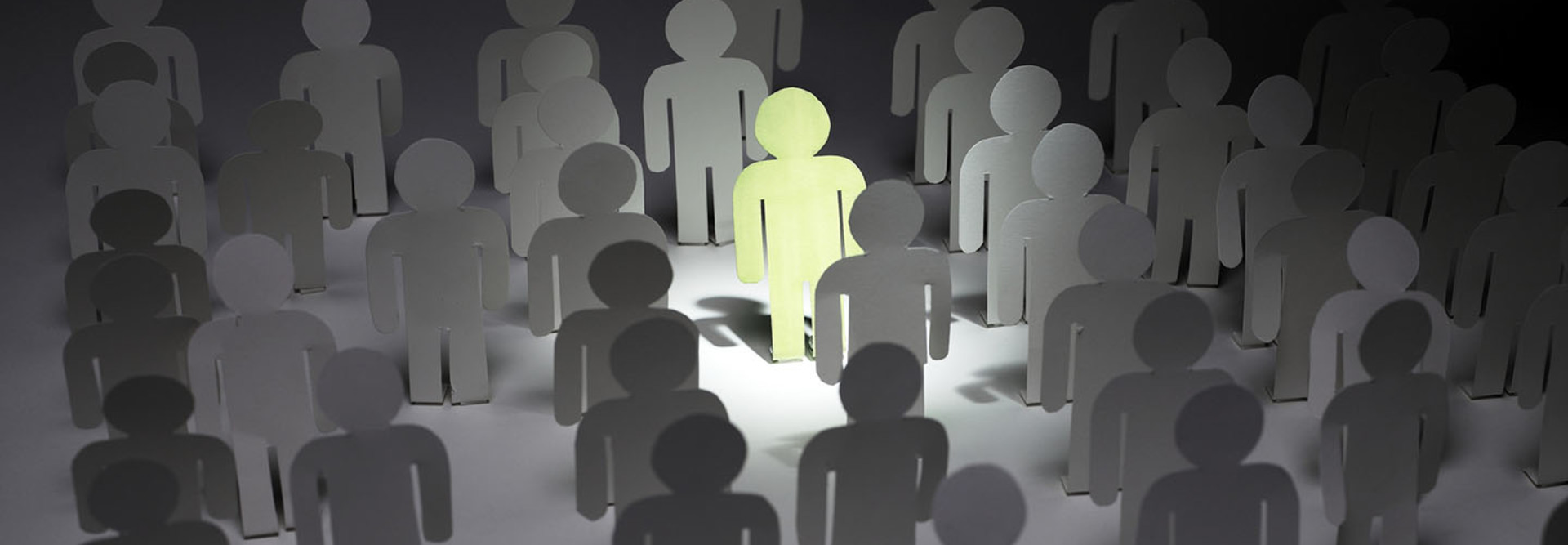5 Ways 5G Could Fast-Forward Personalized Care
Believe it or not, the next wave of connectivity is just around the corner and it’s ready to take healthcare networks and capabilities by storm. While standardized 5G networks are not expected to be widely deployed across the country until at least 2020, many organizations are prepping their networks for 5G. In fact, 78 percent of executives surveyed said their organizations are involved in 5G pilots and 28 percent are expecting to deploy 5G by next year, according to a recent report by Ericsson.
While adoption in healthcare organizations and hospitals is at a much smaller rate, the technology could have wide-sweeping implications for health IT, enabling more than $1 trillion in products and services for the global healthcare sector, according to a report by IHS Markit.
The faster connection could propel current trends, serving to provide faster and more reliable connectivity backbone to support the Internet of Medical Things, the transmission of wearable data and even evolving technologies such as remote robotic surgery. Ultimately, 5G could offer the ability to provide more personalized care to patients, a Qualcomm report finds.
“The much greater ability to continuously gather patient-specific data and the ability to process, analyze and quickly return processed information and recommended courses of action to the patient will give patients greater ability to manage conditions on their own,” the report finds, adding that it also boosts the ability of the providers to make the correct diagnoses the first time as well as tailor remedies to specific patient needs.
Here are five ways that healthcare could maximize the benefits of health IT to offer more personalized healthcare sooner than you might think:
SIGN UP: Get more news from the HealthTech newsletter in your inbox every two weeks
1. With Wearables, 5G Offers Continuous Monitoring
Already, some hospitals are piloting ways to gather vital sign data from wearables and incorporate it into health and treatment plans. Data from wearables, such as Fitbits, can even be used to track heart failure or sleep apnea.
5G could take this one step further and facilitate continuous monitoring from multiple biometric wearable devices at once.
“Superior monitoring capability means that 5G can substantially increase the effectiveness of preventive care,” the Qualcomm report finds. “By doing so, it can lower the burden of chronic disease [on] healthcare systems in the developed world.”
2. Pushing the Forefront of Predictive Analytics
This more continuous monitoring of vital signs and activity levels could ultimately give providers the information necessary to build better predictive analytic models.
“While continuous monitoring will power the development of new data streams, the use of distributed computing — the processing of patient data nearer to the patient — will power predictive analytics and intelligent care based on those new data streams,” the report finds.
3. A Move to Outcome-Based Business Models
With better and more robust health information streaming in from 5G at all times, the technology has the impact to flip the script on business models from volume-based, fee-for-service models to ones that embrace outcome-based models.
“Better monitoring means a greater ability to reward providers on the basis of outcomes, not ‘volumes.’ Better monitoring also shifts the focus of care to the home and similar lower-cost settings, and away from the hospital. Both these effects of better monitoring will help contain costs,” the Qualcomm report states.
4. Furthering Remote Diagnoses and Imaging
While telehealth has already taken off in many ways, 5G offers to give remote diagnoses and imaging a boost. One example of this is with its support of virtual reality, which is already finding its way into the health field in many ways to augment medical training.
Western University of Health Sciences in Pomona, Calif., for example, opened its J and K Virtual Reality Learning Center in 2015. The facility provides students with virtual reality headsets, such as Oculus Rift, as well as iPad devices on which students can take tours through the human body for a better understanding of function and motion.
Going forward, virtual reality could enter even more patient rooms and could offer “important benefits in the delivery of medical care, e.g., in the diagnosis and treatment of critical medical episodes such as strokes,” the Qualcomm report notes.
5. Making the Big Health IT Picture Bigger
Ultimately, all of this data and improved access to information proliferates a greater understanding of healthcare and the human body.
“5G will be an important element in the proliferation of data, and this proliferation combined with predictive analytics and machine learning will allow physicians and researchers to access aggregated information and accumulated knowledge on the latest evidence, diagnosis and treatment trends,” the Qualcomm report finds. “This will not only advance the state of medicine and health outcomes, but our understanding of the human condition itself.”









